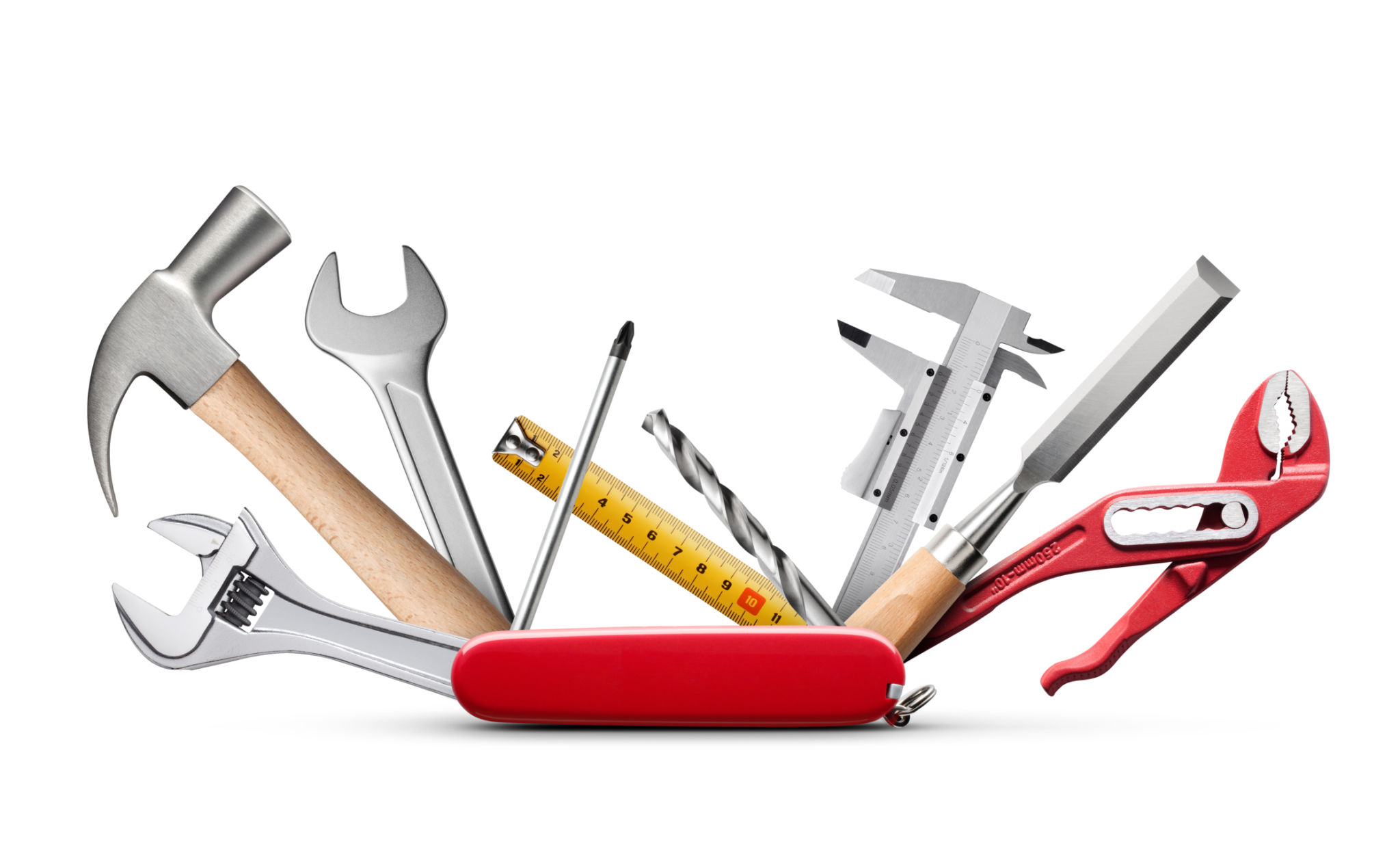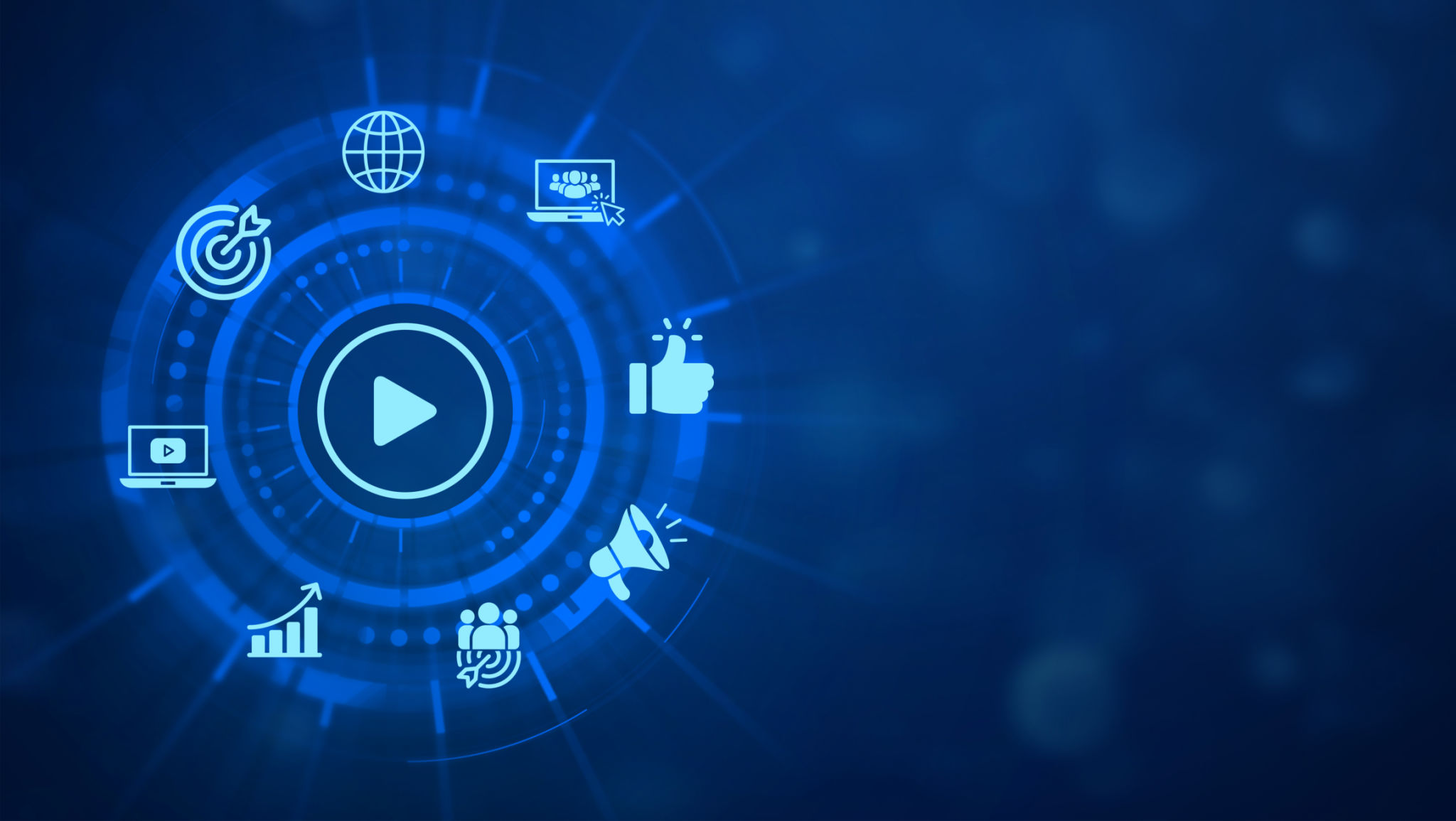Mastering Marketing Automation: A Comprehensive Guide for Tech Enthusiasts
Understanding Marketing Automation
In the rapidly evolving world of digital marketing, automation has become a key tool for efficiency and effectiveness. Marketing automation refers to the use of software platforms and technologies to automate repetitive marketing tasks. This allows businesses to streamline processes, segment audiences, and personalize customer experiences, ultimately leading to increased engagement and conversions.
For tech enthusiasts, mastering marketing automation involves understanding the various tools available and learning how to leverage them to improve marketing strategies. From email marketing campaigns to social media scheduling, automation can save time and enhance productivity.

The Benefits of Implementing Automation
One of the primary benefits of marketing automation is the ability to nurture leads through the sales funnel more efficiently. By automating email sequences, businesses can deliver timely and relevant information to prospects, guiding them towards making a purchase decision.
Furthermore, automation provides valuable insights through analytics and reporting. Marketers can track campaign performance, identify trends, and make data-driven decisions to optimize their strategies. This level of analysis would be difficult to achieve manually, making automation an essential component of modern marketing.
Choosing the Right Tools
With a plethora of marketing automation tools available, selecting the right one can be overwhelming. It is crucial to consider factors such as budget, features, and integration capabilities when making a choice. Popular platforms like HubSpot, Marketo, and Mailchimp offer a range of features suited for different business needs.

For those new to marketing automation, starting with a tool that offers a user-friendly interface and robust support can be beneficial. As expertise grows, exploring more advanced features and integrations can further enhance marketing efforts.
Best Practices for Successful Automation
To maximize the benefits of marketing automation, it is important to follow best practices. First and foremost, clearly define goals and objectives before implementing any tool. This ensures that automation efforts are aligned with overall business strategies.
Additionally, segmenting audiences based on behaviors and demographics can lead to more personalized and effective campaigns. Personalization is key in today’s competitive landscape, as it allows businesses to communicate more directly with their audience.

Measuring Success
Once marketing automation is in place, measuring success becomes critical. Key performance indicators (KPIs) such as open rates, click-through rates, and conversion rates provide insights into how well automation strategies are working.
Regularly reviewing these metrics allows marketers to adjust campaigns as needed. Continuous testing and optimization are essential components of a successful marketing automation strategy.
Future Trends in Marketing Automation
The future of marketing automation is promising, with advancements in artificial intelligence (AI) and machine learning playing a significant role. These technologies can further enhance personalization by predicting customer preferences and automating complex decision-making processes.
As AI continues to evolve, it will enable marketers to create even more dynamic and responsive campaigns, ultimately improving customer experiences and boosting ROI.
